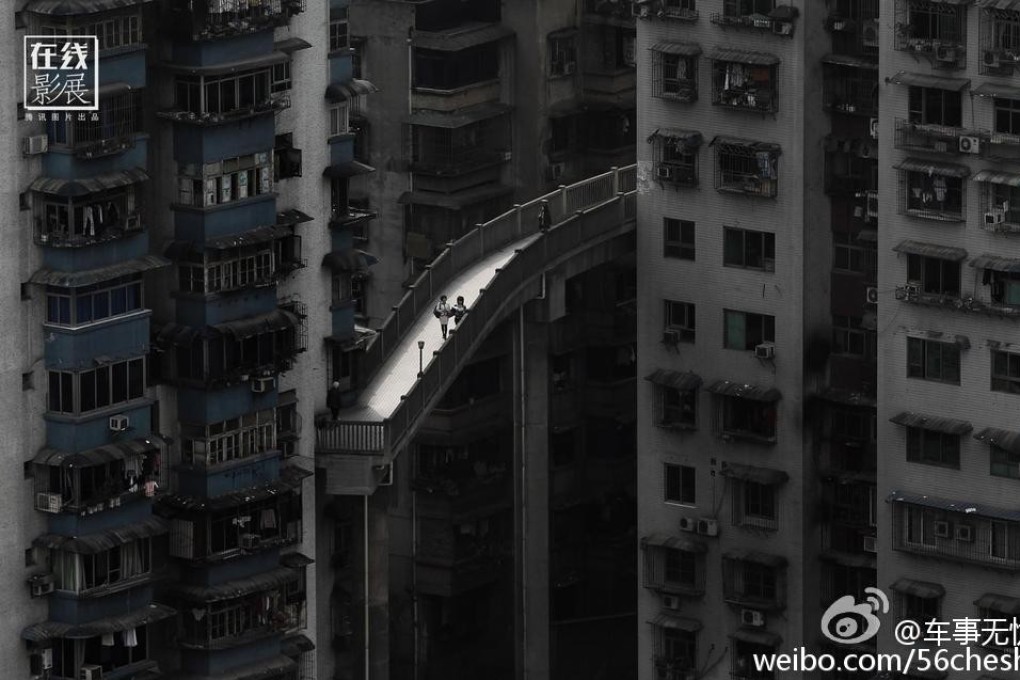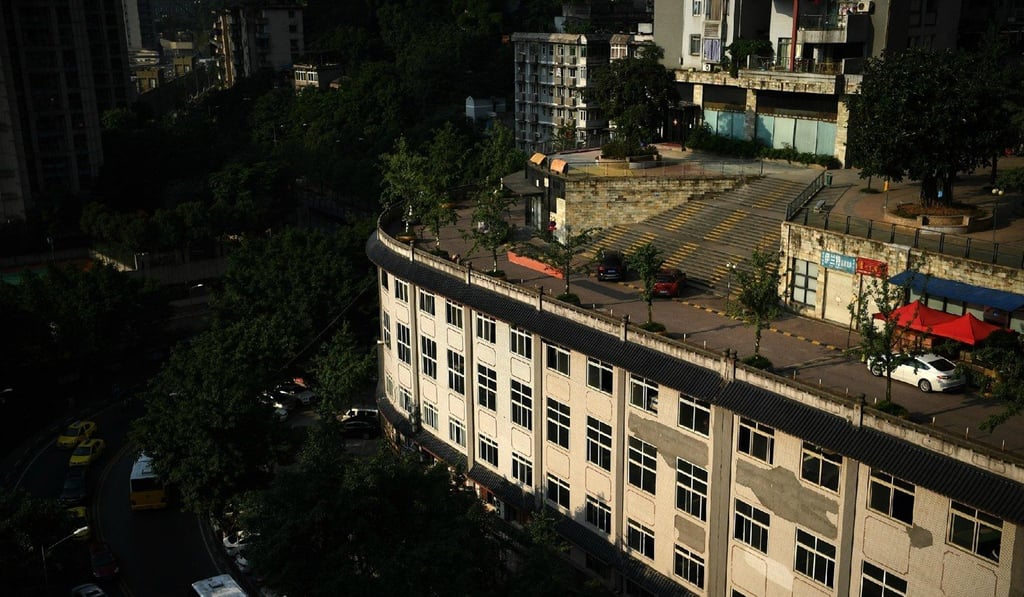How China’s hi-tech AI food-delivery apps are no match for Chongqing’s ‘graceful disorder’
- Food delivery couriers in Chongqing rely on their own topographical knowledge to deliver their orders
- Route recommendations are less useful in Chongqing because of the city’s bewildering road and address system

Chongqing, an industrial city and leading river port on the upper Yangtze River basin in southwestern China, is known for its mouth-numbing food, suffocating summers, and for soaring starchitect-designed skyscrapers planted alongside high-rises in what a popular travel guide describes as “graceful disorder”.
It is also one of the few places in China that food-delivery men do not refer to their smartphone apps for navigation aid, relying instead on their own topographical knowledge to complete their deliveries.
Li Lu, 25, works as a delivery man for the Meituan Dianping food-ordering app. Originally from rural Chongqing, he panicked once because he took more than an hour to find the right place. “If you look at the map, it seems very close. But it was actually on the 22nd floor and you need to walk a full circle to get there,” said Li, who started working in the industry half a year ago. “You can only use the map as a reference and need to familiarise yourself with this area.”

Or consider Xin Xiaoyong, 21, who works for rival Alibaba-owned Ele.me and remembers vividly his first delivery. “I spent two hours to find the right place. I was following the map then came upon what seemed to be a dead end,” said Xin, who is from neighbouring Guizhou province. “I wasn’t familiar with those alleys. I had to ask four to five people before getting where I needed to be.”